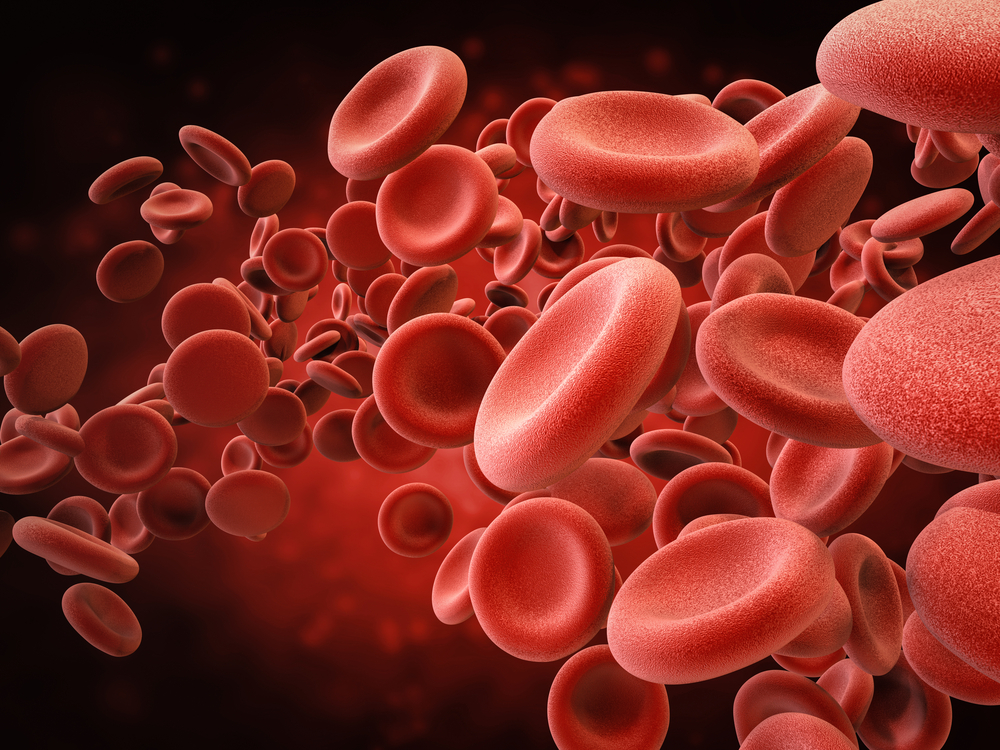Fresh Frozen Plasma May Work to Treat HAE Swelling Attacks in Poorer Countries, Case Finds

In cases where targeted treatment for hereditary angioedema (HAE) is not available for rapid management of swelling attacks, patients may benefit from fresh frozen plasma (FFP) therapy, according to a recent case in Pakistan.
Despite little information regarding best practices when using FFP, this success points to the need for more comparative studies between this plasma treatment and pricier targeted therapies in resource-poor countries.
The study, “Novel Use of Fresh Frozen Plasma in Treating Hereditary Angioedema: A Success Story From Pakistan,” was published in Cureus.
HAE is a rare condition primarily caused by a deficiency in the C1-inhibitor (C1-INH) protein, which works with some 60 other proteins and the immune system to protect the body from infections. People with HAE either produce low levels of this protein (HAE type 1), or an impaired C1-INH (HAE type 2), although its levels are either normal or elevated.
The loss of functional C1-INH results in excessive bradykinin, a pro-inflammatory molecule. Active bradykinin initiates a set of events that dilate blood vessels, allowing fluid to accumulate between layers of skin. This causes tissues to swell (edema), which can be life-threatening when involving the airway.
These swelling attacks respond poorly to anti-inflammatory medications like antihistamines and corticosteroids. The best emergency treatments are targeted therapies, which include replacement C1-INH solutions, such as Berinert or Haegarda, and bradykinin receptor antagonists, like Firazyr (icatibant).
Low- to middle-income countries (LMICs) often lack access to such targeted therapies. However, some evidence suggests that FFP, the liquid portion of blood collected from healthy donors — which contains some C1-INH — can treat acute HAE attacks.
Researchers at the Aga Khan University Hospital, in Pakistan, now reported the case of a 30-year-old man who experienced a severe swelling episode in the airway that was successfully treated with FFP.
After experiencing a fall, the patient arrived at the hospital in respiratory distress, showing angioedema and a severe narrowing of the airway called bronchospasm. He was breathing quickly, at 38 breaths per minute, and had a rapid heart rate (pulse) of 135 beats per minute; his blood pressure was 100/75.
Immediate intravenous (into-the-vein) steroids, adrenaline, and antihistamines failed to relieve his symptoms. Instead, his condition worsened and he went into cardiac arrest, prompting CPR. After five minutes of pulseless electrical activity — or, as the name implies, cardiac activity without a palpable pulse — he was intubated and moved into an intensive care unit.
His medical records showed a history of HAE and, lacking other treatment options, doctors began FFP therapy two hours after his admission to the emergency room.
The patient received FFP every six hours until his symptoms improved 18 hours later, without developing any adverse reaction. His airway swelling went down and the tube was removed on his third day in the hospital.
Once fully recovered, the man was moved to a monitored step-down unit and then a general care ward. He was discharged on the fifth day with instructions to follow up at a clinic. The man also was prescribed Danocrine (danazol) as a preventive therapy.
The investigators noted that although their patient reacted well to FFP, the fact that it contains many molecules besides C1-INH does raise safety concerns regarding its use generally.
“This is the first time the successful treatment of hereditary angioedema with FFP has been reported from Pakistan,” the researchers wrote. “In the absence of targeted therapy in most LMICs, FFP is an alternative therapeutic option for the acute management of HAE.”
However, “we need comparative studies between targeted therapies and FFP to establish its use for this rare condition, especially in resource-poor settings,” they added. “We also need to have clear recommendations for FFP use, regarding treatment thresholds, time to start therapy, and dosing.”






